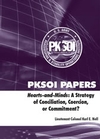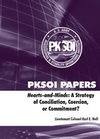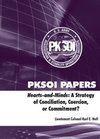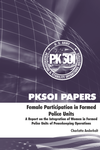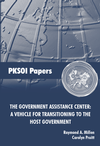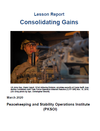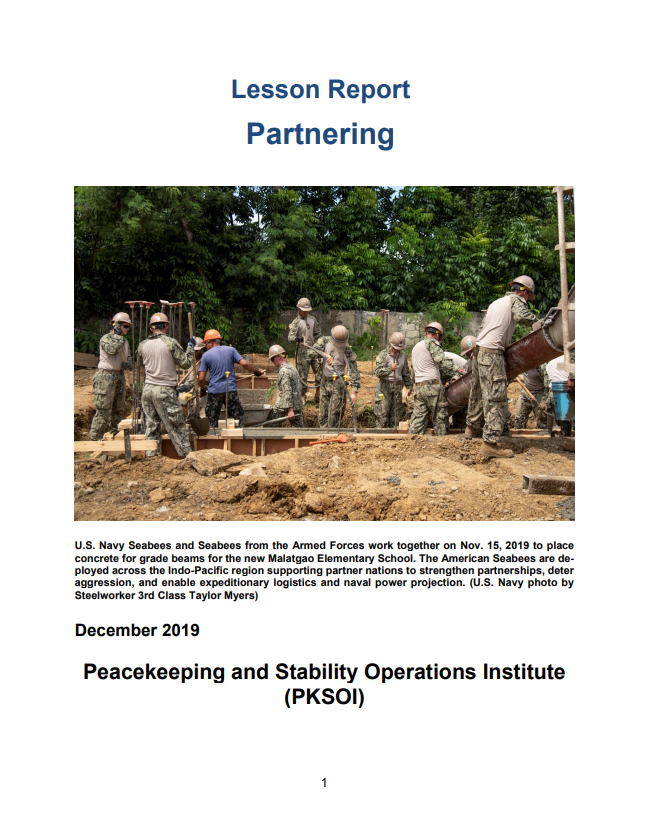A Reference Guide for Interpreting Statistics and Creating Survey Questions

The genesis of this guide started at a meeting between PKSOI and the Department of Distance Education (DDE) at the Army War College (AWC). During this meeting a discussion occurred in which we all realized that neither the resident nor distance courses of study require a statistics or research methods course. However, as part of the directed study we were discussing, we were finding that some students were quite interested in using statistics and survey questions.




